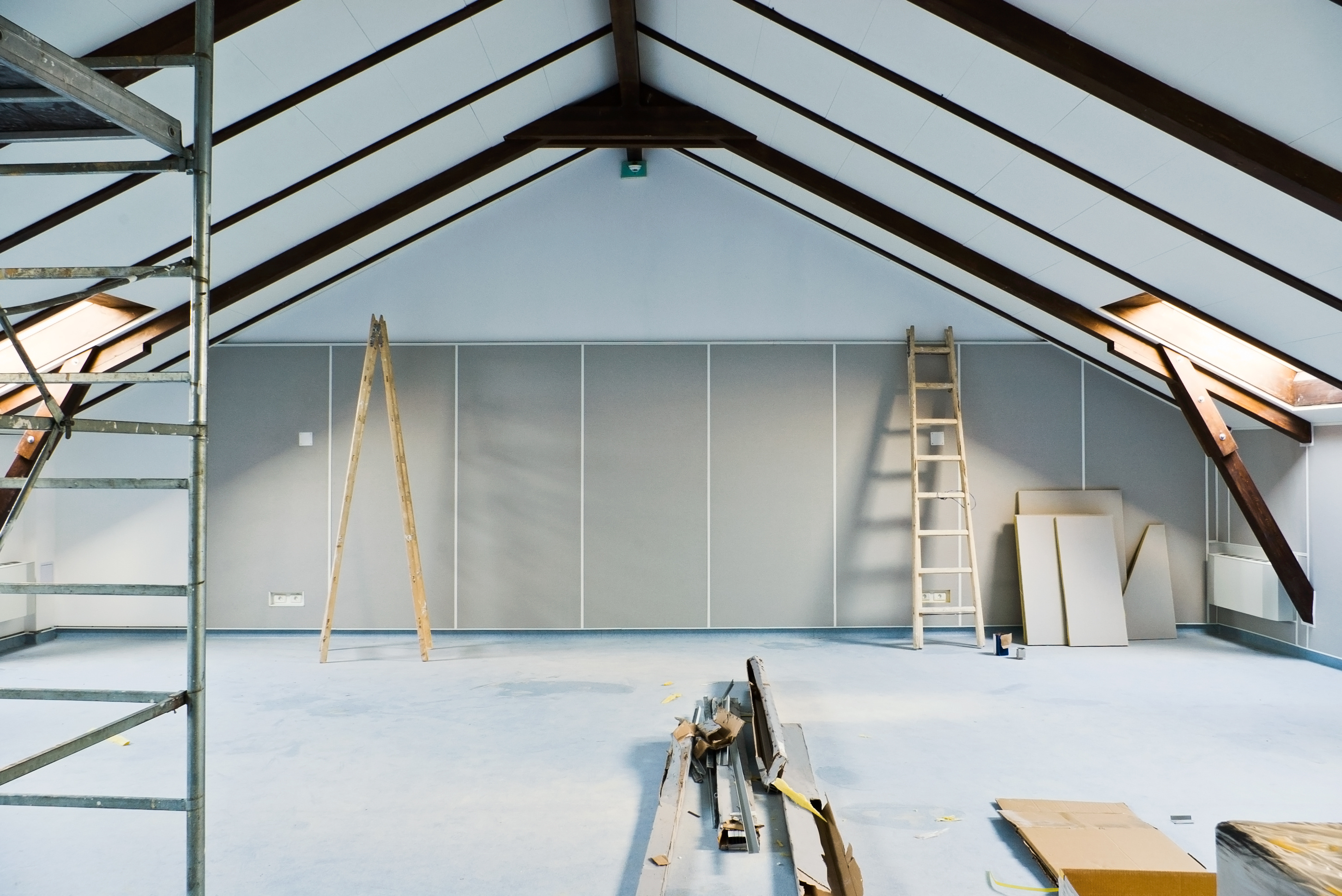April Bettinger, owner and operator of Nip Tuck Remodeling; Sarah Henry, general manager of Gaspar’s Construction; and Eric Drivdahl, principal at Gelotte Hommas Architecture, offer an all-access foray into the world of professional remodeling, with answers to the burning questions that accompany the process of upgrading your home.
Read up and renovate with confidence this spring and summer.
Find the right contractor
According to Bettinger, “Remodeling is very personal, as we enter our client’s home, become a part of the family, and are literally in (your) space for several months. Doesn’t it make sense to be sure that you take your time to know, like and trust your contractor?”
It’s wise to get to know your contractor before signing documents and trusting your home to a person or people who were, a few weeks or days ago, complete strangers.
Bettinger says you need to spend adequate time in the planning stage, working with potential contractors in order to dig deep into your individual needs, then find working solutions to these unique requests and requirements. Don’t accept budget plans thrown together during an initial hour-long walkthrough. Instead, take the time to go through different options, and always make sure the ball is in your court when making investment decisions.
Avoid common pitfalls
Henry went as far as to create her own list of remodeling pitfalls based on firsthand experience in the market. When clients ask her what mistakes they should avoid when beginning a new project, she gives them four mistakes to watch out for: lack of planning, becoming anxious, cutting out what you want and online purchasing.
Becoming anxious relates primarily to not having adequate funds and going with the contractor who simply offers an enticing (cheap) price in order to get the project done quickly and on a tight budget.
Patience is key, Henry says, so make sure you have enough funding to get exactly what you want; otherwise, you’ll fall further into project purgatory and closer to pitfall No. 3: cutting out what you want. Of this pitfall, Henry says she has “never had a client say they wish they had done less. But I have frequently had clients say they wish they had gone ahead and done the skylight or added the second oven, as (what once was) only a couple thousand dollars now costs twice that much — or is no longer an option.”
The fourth pitfall deals with using online purchasing to find quick and easy deals on materials and components. Henry says she has seen items damaged in shipping with no available replacement in sight, parts that are wrong or missing altogether, and other headaches related to a lack of industry knowledge at the sender’s end.
“Remodeling is still one of the industries where the customer service of buying local makes a lot of sense,” she says.
Add up rather than out
Situated on a narrow piece of land with no available room to renovate outward? Take Drivdahl’s advice and look up.
He has dealt with numerous project problems caused by land scarcity and property line setbacks, and has had to come up with creative concepts to give homeowners what they want without settling for anything less than perfection.
Drivdahl suggests taking a look at your home’s allowable height limit and adding a second story. If that’s not feasible, try looking to that empty or unused attic space.
“By finishing out these (attic) spaces and perhaps adding some dormer windows or an innovative roof window, many attic spaces can be transformed into charming or functional living spaces,” he says. “I have yet to meet a house that, with some creative thought and exploration of options, cannot be enlarged or redesigned in a more efficient manner.”
Originally written by Cameron Poague of the Master Builders Association (MBA) of King and Snohomish Counties.




